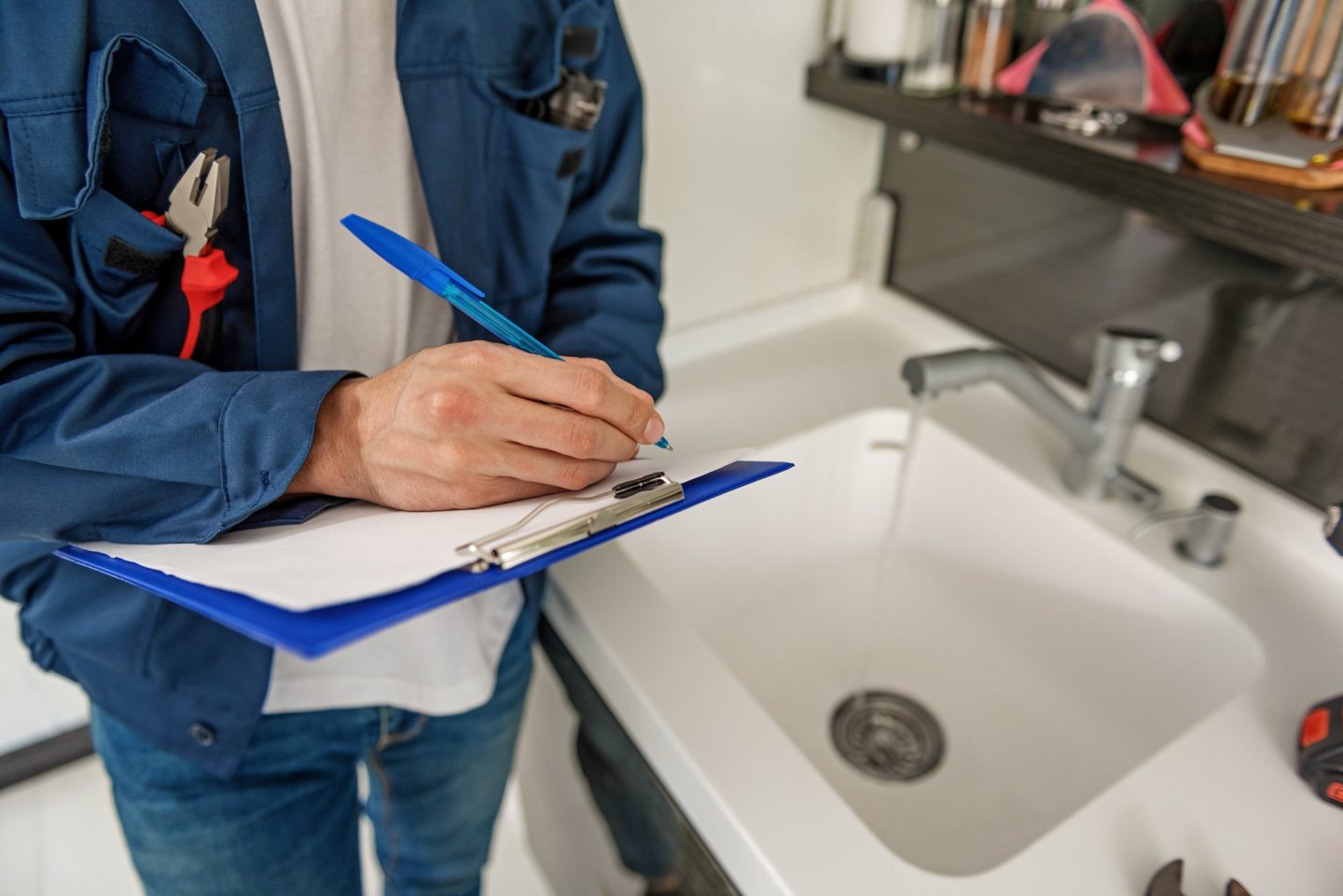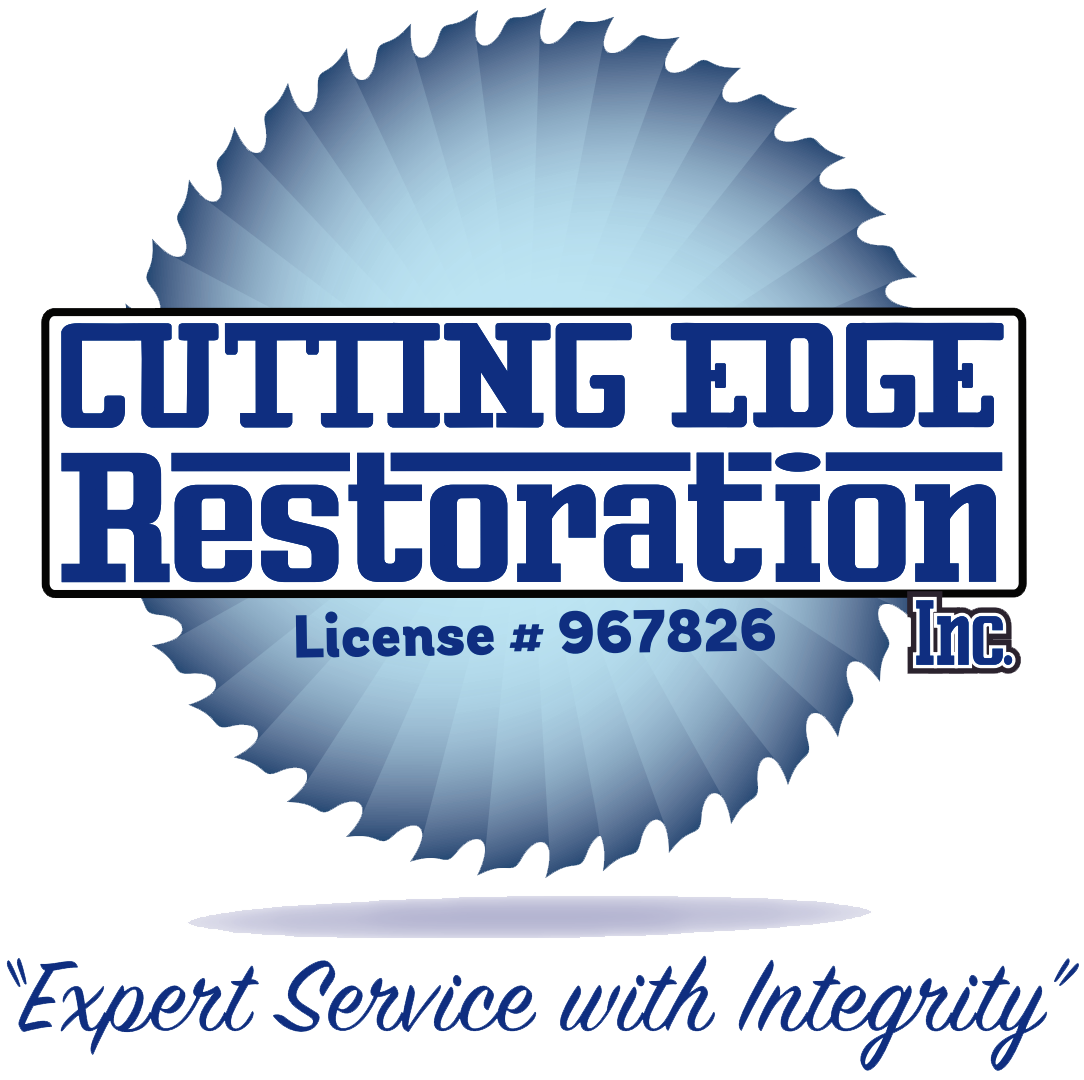
Water damage can be devastating, and it’s all too common. As many as 14,000 people in the US are affected by water damage every day.
The severity of water damage can vary greatly. Most of the time, it’s impossible to tell how extensive the damage is just by looking. If you have water damage in your home, you’ll want to get a professional to take a look.
Keep reading for a rundown of what to expect in a water damage inspection.
Identify the Water Source
One of the main benefits of a water damage contractor is that they won’t just deal with the damage, but they’ll help ensure it doesn’t happen again. The inspection will start with them determining the source of the water. This allows them to fix the issue so that it doesn’t get worse or come back in the future.
Water damage spreads quickly, so they may check various areas such as:
- Attics
- Crawl spaces
- Basements
- Walls
- Floors
- Areas with large appliances, such as HVAC equipment
Sometimes the source will be obvious, but most of the time it will take a professional to identify it.
Confirm the Type of Water
There are multiple types of water damage, and the type you have will determine the exact restoration services needed. This is primarily due to the risk of contamination.
Category 1 water (white water) is considered clean and uncontaminated. It often comes from leaky faucets, burst pipes, and broken water heaters. It can quickly become contaminated, but if it’s dealt with immediately, it’s the easiest type to clean up.
Category 2 water (grey water) contains some pollutants but isn’t considered too toxic. This may be water that’s contaminated with things like bath soaps, laundry detergent, and fabric softeners. This is most common if the water damage is from an appliance like a dishwasher or washing machine.
Category 3 water (black water) is highly contaminated and considered dangerous. It can be very harmful, so cleaning it up takes more work. This is typically sewage water that can get into your home due to toilet backflow, sewage pipe problems, and natural floods.
Assess the Extent of the Damage
The technician will measure surface moisture density and locate any hidden water damage using both pin and electromagnetic moisture meters. While doing this, they can also classify the damage type into three categories:
- Pre-existing damage: present before the water damage occurred
- Primary damage: where the water damage impacts your property
- Secondary damage: the aftermath, such as warped flooring or mold growth
This information will help with your insurance claim.
Outline a Detailed Action Plan
For the last part of the water damage inspection process, the technician will lay out a plan to deal with the damage. This will allow you to schedule your life around the repair work. You’ll typically want to approve the plan as soon as possible so they can get to work.
A Water Damage Inspection for Your Home
If you have any water damage in your home, you should schedule a water damage inspection as soon as possible. Cutting Edge Restoration offers a range of home restoration services.
Take a look at our Water Restoration pages to learn more.
